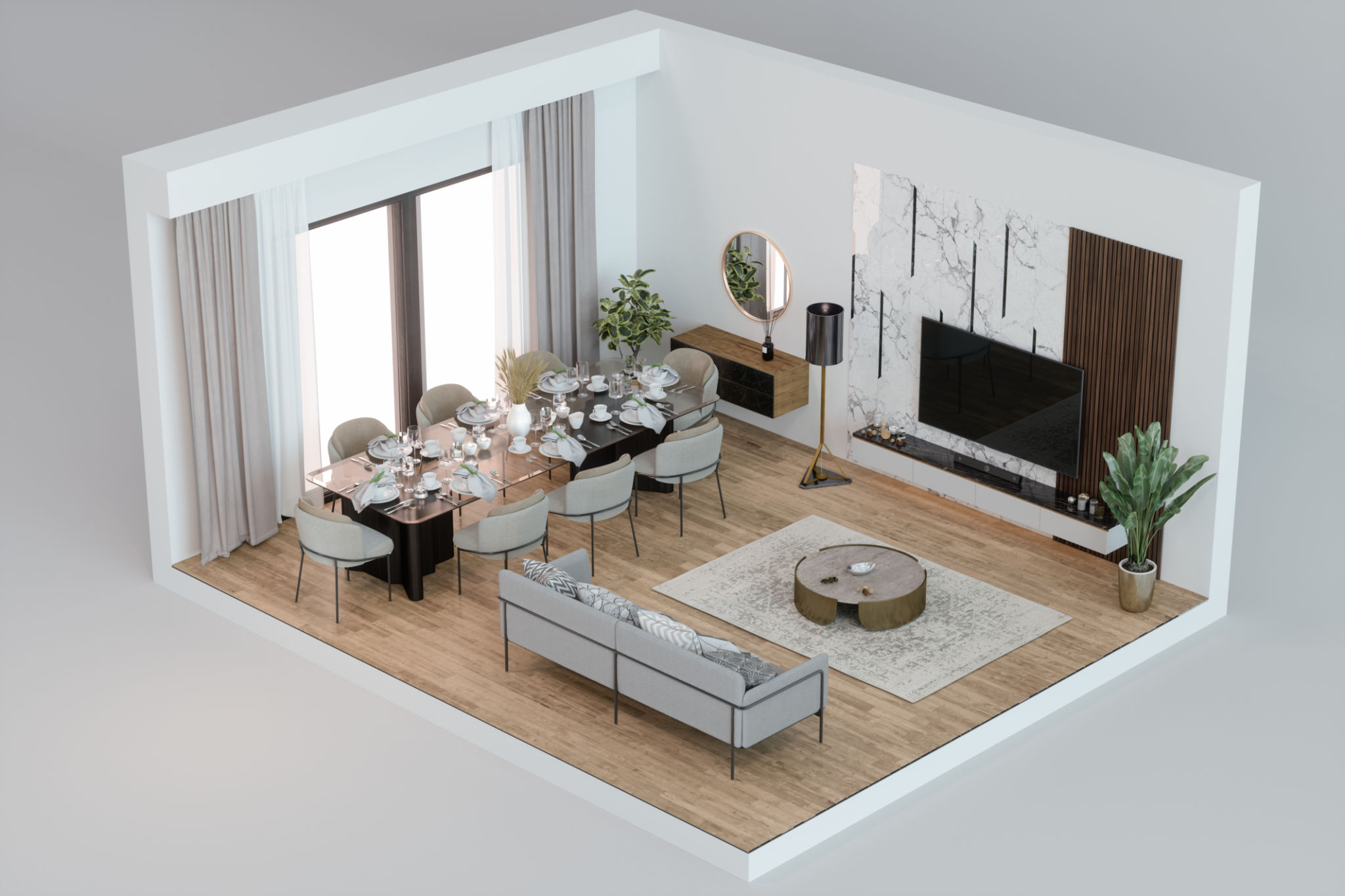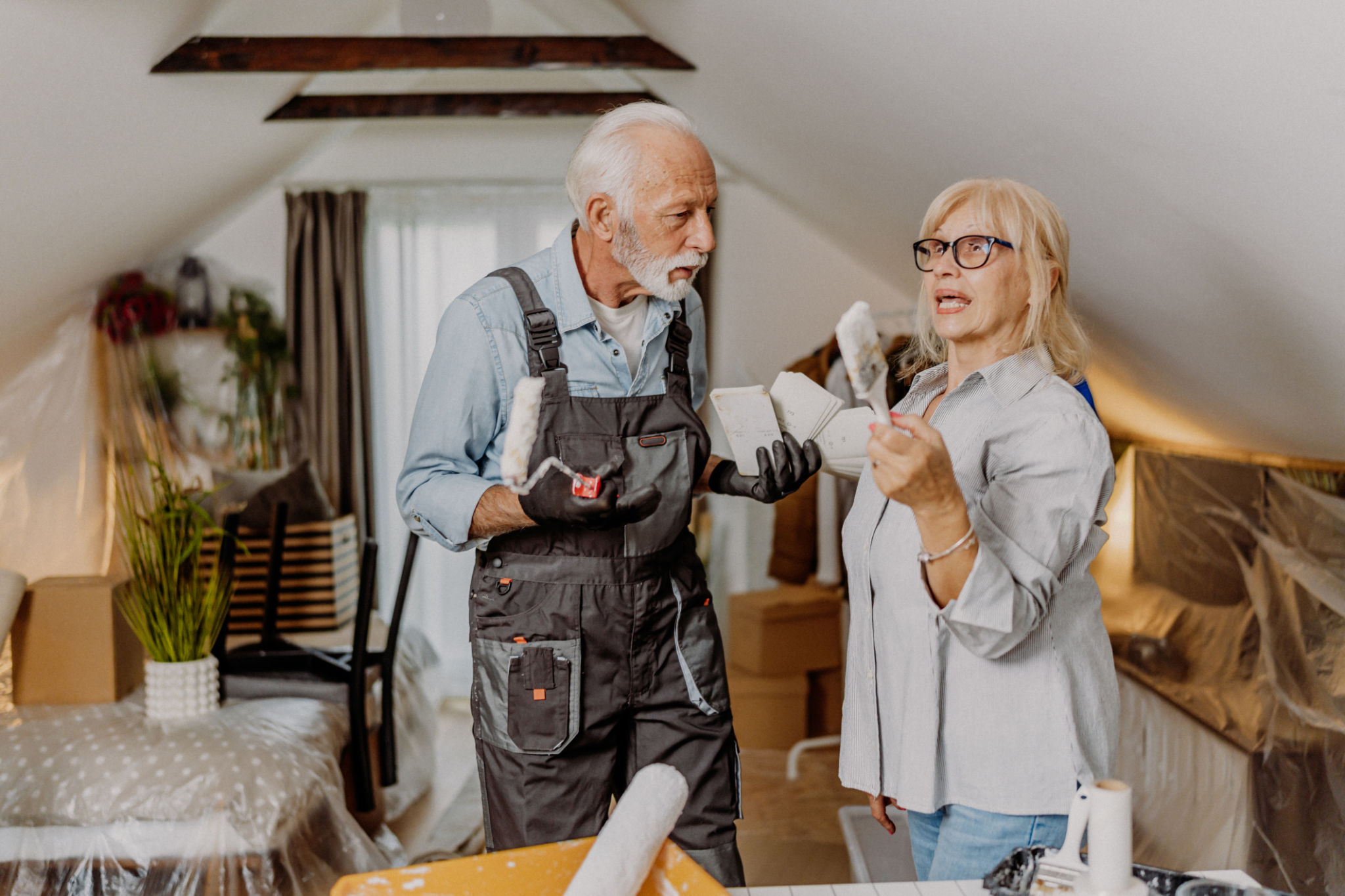DIY Interior Design: Tips for a Professional Finish
Understanding Your Space
Embarking on a DIY interior design project can be both exciting and daunting. The first step to achieving a professional finish is understanding your space. Take time to evaluate the dimensions, lighting, and functionality. Consider what each room is used for and how you want it to feel.
Begin by drawing a rough sketch or using a digital tool to map out your space. Pay attention to architectural elements like windows and doors which can influence your design choices. Identifying these elements early on will help you make informed decisions when selecting furniture and decor.

Choosing a Color Palette
A well-chosen color palette can transform a space, setting the tone and mood of the entire room. Start by selecting a base color that resonates with you and complements the fixed elements of your space, such as flooring or kitchen cabinets.
Once you have your base color, choose two to three complementary colors to add depth and interest. Consider using a color wheel for guidance on what shades work well together. Remember, lighter colors can make a small room feel larger, while darker hues can add coziness and warmth.

Testing Your Colors
Before committing to a color scheme, test your chosen colors. Paint swatches on different walls to see how the colors react to various lighting throughout the day. Observing these changes will help you avoid any unwelcome surprises once the paint is applied.
Selecting Furniture and Accessories
Furniture is a crucial element in interior design. When selecting pieces, prioritize both functionality and style. Opt for furniture that suits the room’s purpose, ensuring it is both comfortable and practical. Consider the scale and proportion of each piece to avoid overcrowding your space.
- Choose a statement piece, like a bold sofa or an eye-catching coffee table, to anchor the room.
- Add layers with complementary accessories such as cushions, artwork, and lighting.
- Mix textures and materials for added interest.

Incorporating Textures and Patterns
Textures and patterns add personality and depth to any space. When combining these elements, aim for balance. Use textures to create a tactile experience—think soft rugs, woven baskets, or velvet cushions. Patterns can be introduced through wallpaper, upholstery, or artwork.
To avoid overwhelming the space, start with one dominant pattern and complement it with smaller ones. Mixing prints might seem daunting, but sticking to a common color scheme will help tie everything together harmoniously.
Lighting for Ambiance
Lighting plays a critical role in achieving a professional finish in DIY interior design. It not only affects the mood but can also highlight design features and create focal points.
Layer your lighting by incorporating ambient, task, and accent lighting. Utilize dimmers to adjust brightness according to the time of day or occasion. This flexibility ensures that your space is both functional and inviting.

The Power of Accessories
Accessories are the final touch in any design project. They are an excellent way to express your personality and style. Consider using plants to breathe life into your space, mirrors to reflect light and create an illusion of more space, and personal items like books or travel souvenirs for added character.
Rotate accessories seasonally to keep your design feeling fresh and new. This small change can have a big impact without requiring a complete overhaul of your decor.
Final Touches for a Professional Finish
A few final touches can make all the difference in achieving that sought-after professional finish. Pay attention to details such as curtain lengths, rug placement, and wall art arrangements. These elements should harmoniously work together without competing for attention.
Lastly, step back and view your space as a whole. Ensure that every element feels cohesive and reflects your vision. With patience and attention to detail, you can create a beautifully designed space that looks professionally curated.

